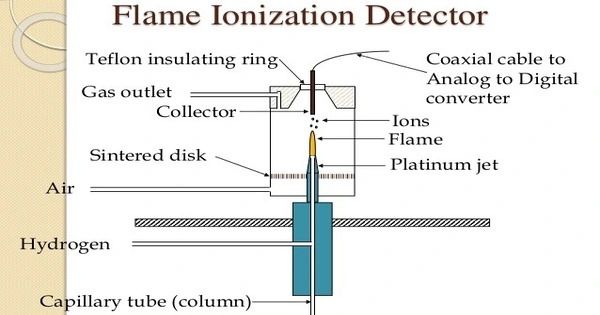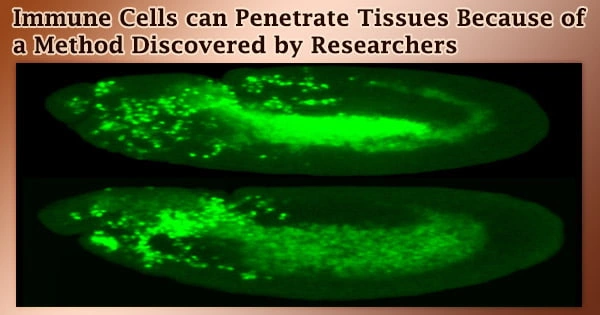A flame ionization detector (FID) is a scientific tool that detects analytes in a gas stream. It is commonly employed as a detector in gas chromatography. This is a mass-sensitive instrument since it measures the number of ions per unit time. It is a popular analytical equipment in gas chromatography (GC) for identifying organic chemicals.
It works on the basis that when organic molecules are burned in a hydrogen flame, they emit ions and electrons. A pair of electrodes then collect the ions and electrons, resulting in a measured electrical current. Standalone FIDs can also be employed in fixed or portable equipment to monitor landfill gases, fugitive emissions, and internal combustion engine emissions.
Here’s how it typically works:
- Sample Introduction: The sample containing the organic chemicals to be examined is fed into the GC system. This sample is typically vaporized and transported by an inert gas (such as helium or nitrogen) down a column packed with a stationary phase.
- Combustion: As the sample compounds elute from the GC column, they combine with hydrogen and enter a hydrogen flame within the detector.
- Ionization: Organic substances burn in the flame, releasing ions and electrons. The ions are normally positively charged as a result of electron loss during combustion.
- Detection: A pair of electrodes positioned in the flame collects the ions and electrons. The ions create a measurable current between the electrodes.
- Amplification and Signal Processing: The electrical signal generated by the current is amplified and processed by the detector electronics.
- Output: The processed signal is subsequently routed to a data acquisition system, which records and analyzes it. The strength of the current is related to the concentration of organic molecules in the sample.
FID is extremely sensitive and can detect a wide variety of organic substances, including hydrocarbons, insecticides, and volatile organic compounds. It is widely utilized in environmental studies, pharmaceuticals, petrochemicals, and forensic research due to its high sensitivity, wide dynamic range, and adaptability.
















